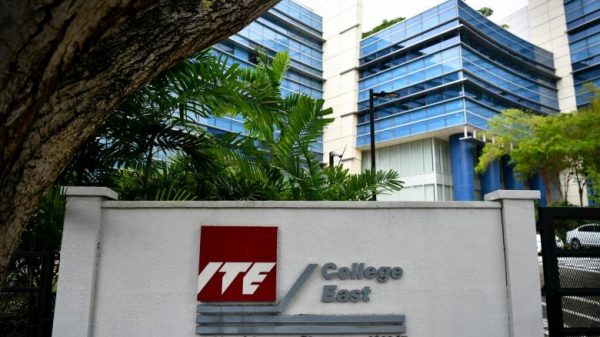The global $1 trillion market for collateralized loan obligations is lagging behind in the transition away from the London interbank offered rate.
While some companies, lenders and markets have moved swiftly to adopt a replacement for the scandal-marred interest-rate benchmark, low-rated borrowers have been slower to adapt. That is causing headaches for managers of collateralized loan obligations—pools of low-rated corporate loans bundled together into securities.
CLOs, the largest sources of demand for speculative-grade loans, have been one of Wall Street’s hottest products. Sales hit a record $131 billion earlier this month, topping the previous full-year record, with investors attracted to the debt’s relatively high yields. But a typical CLO comprises hundreds of loans pegged to already-varied rates, making the market one of the most difficult to shift.
Libor helps set interest costs on trillions of dollars in financial products but was slated for replacement several years ago after a manipulation scandal. Officials, regulators and banks have since been navigating one of the largest technical transitions facing financial markets, all while trying to avoid legal disputes or leaving borrowers without a rate to determine payments.
The looming Dec. 31 expiration leaves CLO managers at risk of holding loans tied to a variety of short-term benchmarks, increasing the potential for interest-rate volatility that could damp returns. The move could also leave some CLO securities with benchmarks different from the loans in their collateral pool, making it harder for investors to protect their holdings against fluctuations in rates and underlying loan prices.
“This is a huge mosaic that needs to come together; it’s not a flip of a switch,” said Tal Reback, head of the Libor transition at private-investment firm
KKR
KKR 2.26%
& Co.
Libor underpins about $500 billion of CLOs, while business loans referencing the expiring benchmark totaled around $5 trillion as of the last quarter of 2020, according to data compiled by the Federal Reserve Bank of New York.
Many borrowers plan to switch to Wall Street’s preferred alternative: the Secured Overnight Financing Rate, or SOFR. Other benchmarks including the American Interbank Offered Rate and the Bloomberg Short Term Bank Yield Index are also in the running. Legacy debt will reference Libor until June 2023, an extension granted by U.S. officials to allow existing contracts to mature.
CLOs themselves have payments tied to short-term interest-rate benchmarks. A wave of refinancings this year allowed some CLO managers to include fallback language shifting to SOFR in their documents, analysts said. For other deals, managers and investors must negotiate that changeover, which could create conflicts if they have different rate preferences.
Meanwhile, the rush to close deals before the year-end deadline helped spur a record $144 billion of new CLOs this year as of Oct. 22, according to S&P Global Market Intelligence’s LCD. Some analysts expect sales of SOFR-linked CLOs to begin in the final months of the year.
“In CLOs, you are trying to set up a Libor transition that leads to the fewest possible mismatches between assets and liabilities,” said Bradley Rogoff, head of credit research and strategy at Barclays.
Mr. Rogoff said that in a worst-case scenario, projected equity returns would fall to low double-digit percentages, but that volatility in CLO pricing could actually help. “I think there is a higher chance the transition provides a boost in the short term,” he said.
Some expect the transition away from Libor to slow issuance next year as the CLO market adjusts. JPMorgan Chase & Co. estimates that sales of new CLOs will decline by as much as 20% in 2022 compared with 2021.
Rishad Ahluwalia, head of CLO research at JPMorgan, said fluctuations among the new benchmark rates will likely cause investors to pause while CLO managers gauge how to handle hedging costs. While CLO managers have always dealt with small differences in interest rates between loans, he said increased uncertainty regarding the transition could push money managers to trim CLO holdings after this year’s pile-in. He also expects demand to cool as investors seek to diversify their portfolios.
Write to Julia-Ambra Verlaine at Julia.Verlaine@wsj.com
Copyright ©2021 Dow Jones & Company, Inc. All Rights Reserved. 87990cbe856818d5eddac44c7b1cdeb8













































